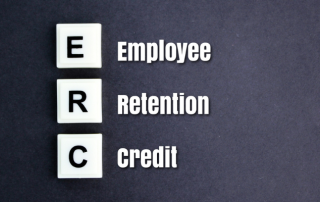Retirement Planning: Shifting Your Mindset from Saver to Spender
Throughout the working years, many individuals focus on saving and planning for retirement. When that day finally arrives, the shift from saver to spender can feel uncomfortable. Planning early and often can provide peace of mind. Learn more.










